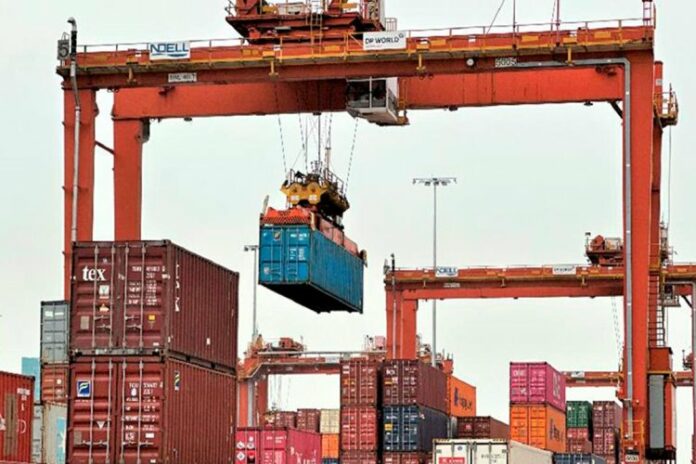Corvus Energy has been selected by TYCROP and their hydrogen technologies partner H2 Portable to supply the battery energy storage system component of a hydrogen fuel cell RTG crane scheduled for retrofit in 2024.
A groundbreaking project, this will be the first RTG crane powered by both a fuel cell and a battery energy storage system in the Americas.
Development of the hybrid-powered crane is part of the Low-Emission Technology Initiative, a collaboration between the Vancouver Fraser Port Authority and the Province of British Columbia where each organization invested CA$1.5 million ($1.1 million USD) to support the port community’s transition to low-emission energy.
Designed to reduce port emissions, fuel costs and operating noise, the crane will use a dual hydrogen fuel cell system, developed by TYCROP and H2 Portable in close collaboration with Loop Energy, together with the Corvus battery energy storage system (ESS). The ESS improves energy efficiency by channeling regenerative energy back to the battery for reuse during crane lowering operations.
The crane will use a 124 kWh Corvus Orca ESS, our market-leading battery energy storage system. Orca dominates maritime ESS with an unparalleled operational record, backed by millions of hours of data. This exemplifies our commitment to innovation, setting the industry standard for reliability, efficiency, and sustainability.
Corvus Energy systems already power over 186 hybrid RTG cranes worldwide. The majority are hybrid diesel/electric cranes. Corvus is pleased to have been selected to support DP World for this innovative project.
According to Maryam Ebrahimian, Corvus Energy Sales Manager for Canada, “being a part of the pioneering team, the first to successfully introduce an RTG crane that incorporates both battery and fuel cell technologies in the Americas, has been nothing short of inspiring. This accomplishment represents a significant contribution towards more sustainable port and maritime operations and exemplifies the commitment of the Vancouver Fraser Port Authority, DP World, and the project partners to push technological boundaries and embrace sustainable solutions for a brighter future.”



